There are several cities in the United States and internationally that have offered or currently offer monetary incentives for people to move there. Here are a few examples:
- Tulsa, Oklahoma: The city has a program called “Remote Worker Relocation Program” that offers $10,000 to remote workers who move to the city. The program includes a stipend for living expenses and a dedicated program coordinator to help with the transition.
- Vermont: The state has a program called “Stay to Stay Weekends” that offers a free weekend stay in Vermont for people considering relocating there. The program includes activities and networking opportunities to help visitors explore the state and its communities.
- Baltimore, Maryland: Baltimore has a program called “Baltimore City Employee Homeownership Incentive Program” that offers a $5,000 grant to city employees who purchase a home in certain neighborhoods of Baltimore.
- Detroit, Michigan: Detroit has a program called “Live Midtown” that offers incentives such as rent subsidies and moving expenses for people who move to the city’s Midtown neighborhood.
- Candela, Italy: The town of Candela offers €700 to families who want to move there and open a business.
- Marne, Iowa: The city of Marne, Iowa is offering $10,000 to people who move to the city and buy a home.
- Lincoln County, Colorado: Lincoln County is offering $5,000 to people who move to the county and buy a home.
Please note that these programs have certain criteria, application process, and expiration date and might have changed by the time you are reading this. It’s always better to check with the official website of the city or town before making a move.
Table of Contents
ToggleTop Moving Tips & AdviceIntroduction
The concept of places paying people to move may seem unusual, but it is a strategy that has been used by cities, states, and regions to attract new residents and spur economic growth. These programs and incentives offer monetary rewards to individuals and families who relocate to certain areas. The incentives can come in the form of cash bonuses, student loan forgiveness, or even free land.
The purpose of this blog post is to explore the history of these programs, highlight current initiatives, and provide a comprehensive analysis of the factors to consider before applying. The post will also provide readers with a better understanding of the benefits and drawbacks of these programs, and will help them make an informed decision about whether or not to take advantage of them. Additionally, the post will help to educate readers about the possible tax implications, and the availability of job market, quality of life and community amenities of the target location.
Overall, this blog post aims to provide a comprehensive and unbiased overview of the concept of places paying people to move, and to help readers weigh the pros and cons of participating in such programs. By the end of this post, readers will have a clear understanding of the history, current state, and future of these programs, and will be able to make an informed decision about whether or not to take advantage of them.
Overview of past programs and initiatives that have offered monetary incentives for people to move to certain locations
- In the early 20th century, many rural towns in the United States offered land and other incentives to attract new settlers. For example, the Homestead Act of 1862 offered free land to those who agreed to settle and develop it.
- In the 1950s and 1960s, many small towns and rural areas in the US faced population decline and economic hardship as people moved to urban areas for work. In response, some states and municipalities offered incentives such as low-interest loans, tax breaks, and even cash payments to encourage people to move to these areas.
- In the 1980s, Alaska launched the Permanent Fund Dividend, a program that pays residents a yearly dividend from the state’s oil revenue. The program was intended to provide an economic boost to the state and encourage people to move there.
- In the early 2000s, several cities and regions in the US, including Baltimore, Cleveland, and Detroit, offered incentives such as homebuyer assistance and job training to attract new residents.
- In recent years, several rural towns and villages in Japan have offered incentives such as free housing, subsidies and cash payments to attract young people and families to move there and revive their declining population.
Analysis of the success or failure of these past programs
- The Homestead Act was successful in populating the western United States, but it also led to the displacement of indigenous peoples and the destruction of their land.
- Many of the incentives offered in the 1950s and 1960s were not successful in reversing population decline and economic hardship in small towns and rural areas.
- The Permanent Fund Dividend has been successful in providing an economic boost to Alaska and is popular among residents. However, it has not significantly increased the state’s population.
- The incentives offered by Baltimore, Cleveland, and Detroit in the early 2000s had mixed results. While some residents moved to these cities, it did not make a significant impact on population growth.
- The incentives offered by rural towns and villages in Japan have had some success in attracting young people and families, but the overall population decline in these areas remains a concern.
Current programs and incentives
There are various programs and incentives currently offered by cities, states, and regions in the US and internationally that aim to attract new residents to their area. Some of these programs include:
- Vermont’s Remote Worker Grant Program: Vermont offers a grant of up to $10,000 to remote workers who move to the state and work remotely from there for at least 12 months. Eligibility criteria include being a US citizen or permanent resident, having a remote job, and not having lived in Vermont for more than 60 days in the past two years. The application process involves submitting an online application, providing proof of remote employment and Vermont residency, and agreeing to participate in a survey about the program’s impact.
- Tulsa Remote: Tulsa, Oklahoma’s program offers a $10,000 relocation stipend, a free coworking space for a year, and access to a network of local professionals for remote workers who move to the city. Eligibility criteria include being a US citizen or permanent resident, having a remote job, and committing to living in Tulsa for at least one year. The application process involves submitting an online application, providing proof of remote employment, and participating in an interview.
- The Rural Opportunities Zones (ROZ) program in Kansas: The ROZ program offers a state income tax waiver for up to five years for individuals and businesses that move to certain rural areas in Kansas. Eligibility criteria include being a US citizen or permanent resident, having a taxable income, and committing to living or doing business in a designated ROZ area for at least three years. The application process involves submitting an online application and providing proof of residency and income.
- The Detroit Homecoming program: This program offers a variety of incentives, such as networking events, tours of the city, and access to local resources, to individuals of Detroit origin who have moved away and are considering moving back. Eligibility criteria include being a Detroit native, having lived away from the city for at least two years, and having a net worth of at least $50,000. The application process involves submitting an online application and participating in a selection process.
- The Marche Region in Italy: A remote worker program in Italy is offering €1,500 ($1800) to anyone who wants to move and live in Italy’s Marche region for at least six months. The program is targeted at remote workers, entrepreneurs, and students. Eligibility criteria include that the applicant must not have lived in the region for the past two years and must have a valid work contract or study program. The application process includes submitting an online application and providing proof of income, employment and accommodation.
Comparison of benefits and drawbacks
Each of these programs has its own set of benefits and drawbacks.
Some benefits of these programs include:
- Financial incentives, such as relocation stipends or tax waivers, that can help offset the costs of moving
- Access to local resources, such as coworking spaces or networking events, that can help newcomers settle in and connect with the community
- Opportunities to live in new and exciting places
Drawbacks of these programs include:
- Eligibility criteria that may not be met by all interested individuals, such as having a certain income level or being a US citizen
- Time constraints, such as having to commit to living in a certain place for a certain period of time
- The cost of living in the target location
- The lack of job opportunities in the target location
- The lack of community amenities
- The lack of culture or social activities in the target location.
It’s important to thoroughly research and consider these factors before applying to any of these programs. It is also advisable to talk to current residents and professionals in the target location to get a better sense of the cost of living, job market, and quality of life.
It is also important to consider the long-term sustainability of the program and how it aligns with the individual’s career and personal goals before making a decision to move. For example, a remote worker program that offers a relocation stipend may be more appealing for someone who is looking for a short-term opportunity to live in a new place, whereas a program that offers a tax waiver may be more beneficial for someone who is looking to establish roots in a new community.
While these programs and incentives can be a great way to explore new places and opportunities, it is important to do thorough research and consider all factors before making a decision to move. It is also important to reach out to program coordinators and current residents in the target location to get a realistic sense of the cost of living, job market, and quality of life in the area.
Factors to consider before applying
- Cost of living in the target location: One of the most important factors to consider before applying for a program that pays you to move is the cost of living in the target location. This includes the cost of housing, groceries, transportation, healthcare, and other essentials. It is important to research and compare the cost of living in the target location with your current location to ensure that the monetary incentive offered by the program will be sufficient to offset any potential increase in living expenses.
- Job market and employment opportunities: Another important factor to consider before applying is the job market and employment opportunities in the target location. It is important to research the industries and companies that are thriving in the area and to assess the availability and competitiveness of job opportunities in your field. You should also consider the earning potential and job security in the target location before making a decision.
- Quality of life and community amenities: The quality of life and community amenities in the target location is also an important factor to consider before applying. This includes factors such as the availability of recreational activities, cultural events, and outdoor spaces, as well as the quality of the public schools and healthcare system. Researching the area’s crime rate, and the overall safety of the area can also be important.
- Tax implications: Another important factor to consider before applying is the tax implications of moving to a new location. Different states and municipalities have different tax laws, and it is important to research the tax implications of moving to the target location before making a decision. This includes factors such as the state income tax rate, property tax rate, and sales tax rate. It is also important to consider the tax implications of any monetary incentives offered by the program, as they may be considered taxable income.
It’s important to conduct thorough research and consider these factors carefully before deciding to take advantage of a program that pays you to move. It is also a good idea to consult with a financial advisor or tax professional to ensure that you fully understand the financial implications of your decision.
List of sources used in the blog post
- “The towns that will pay you to move there” by CNN Money, https://money.cnn.com/2018/07/09/pf/buy-a-home-incentives/index.html
- “The Cities That Will Pay You to Move There” by Forbes, https://www.forbes.com/sites/erincarlyle/2018/09/25/the-cities-that-will-pay-you-to-move-there/?sh=6d7b1a8d3f3f
- “The towns that are paying people to move there” by BBC News, https://www.bbc.com/news/world-us-canada-53978268
Additional resources for those interested in learning more about this topic:
- “The Complete List of Places That Will Pay You to Move There” by The Simple Dollar, https://www.thesimpledollar.com/financial-planning/complete-list-places-pay-you-move/
- “These Cities and Towns Will Pay You to Move There” by Money, https://money.com/cities-towns-pay-you-to-move-there/
- “A Guide to the Towns and Cities That Will Pay You to Move There” by The New York Times, https://www.nytimes.com/2019/03/29/realestate/a-guide-to-the-towns-and-cities-that-will-pay-you-to-move-there.html





